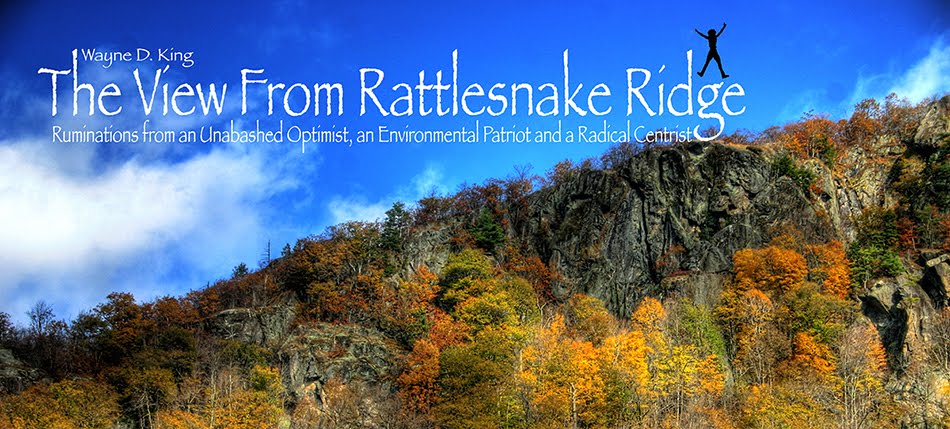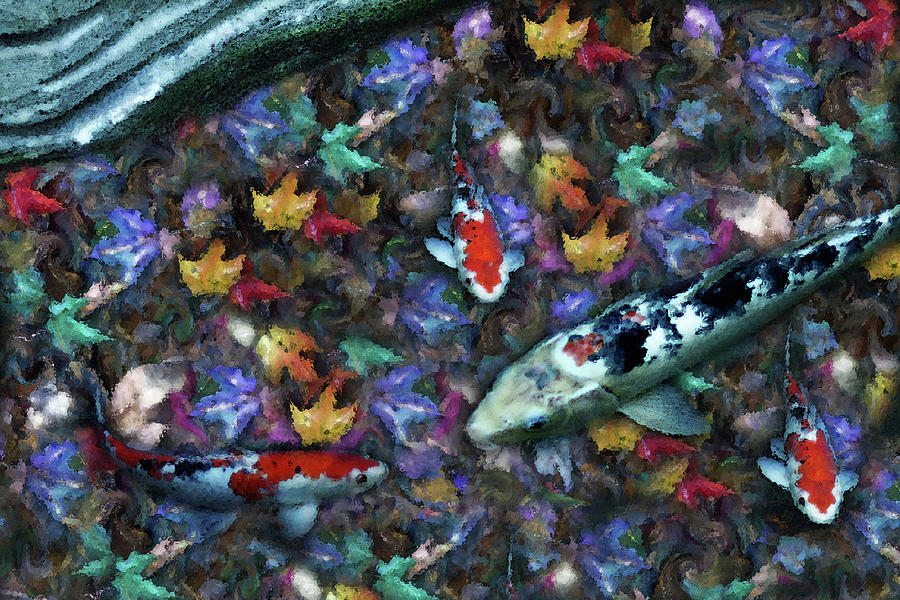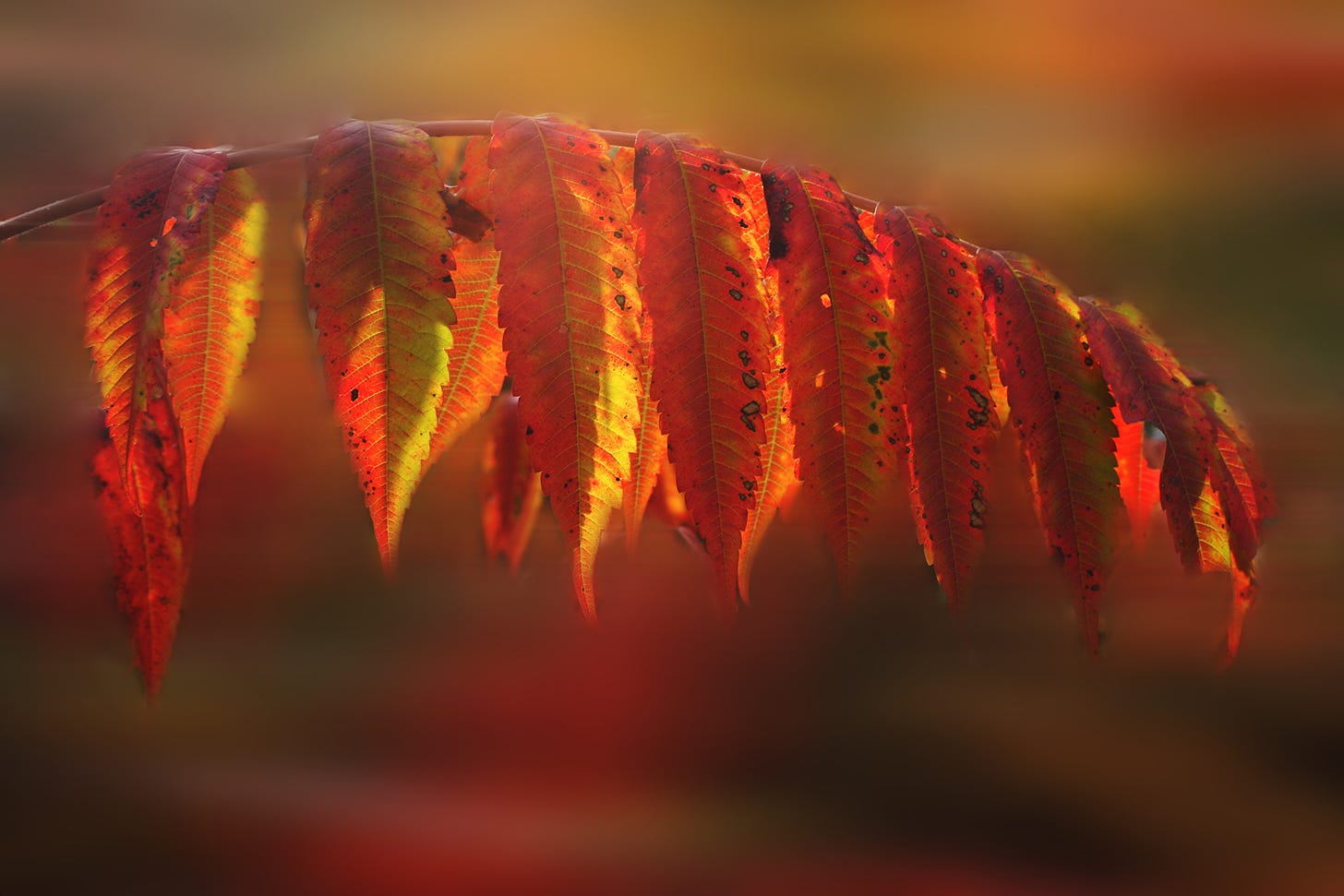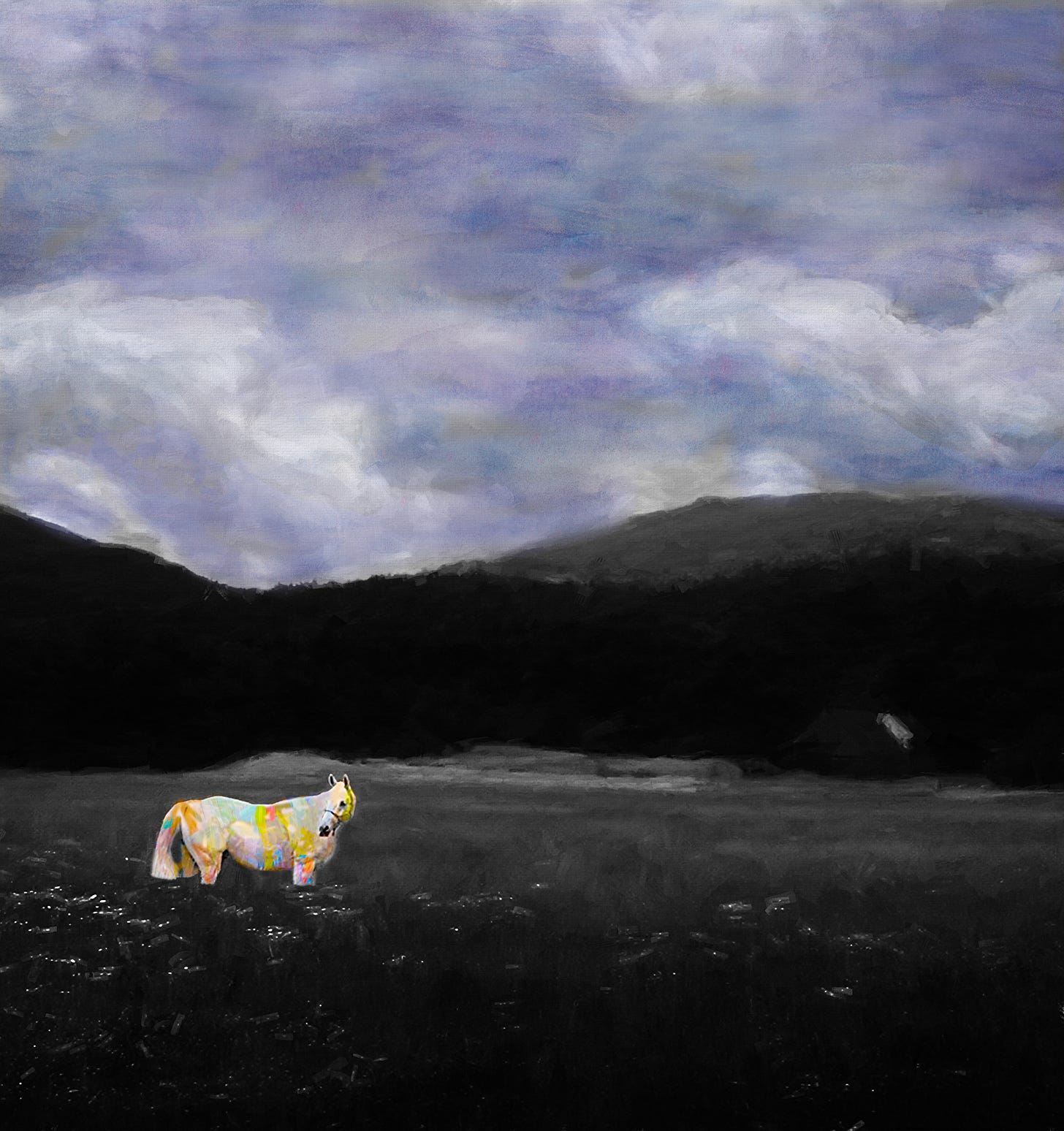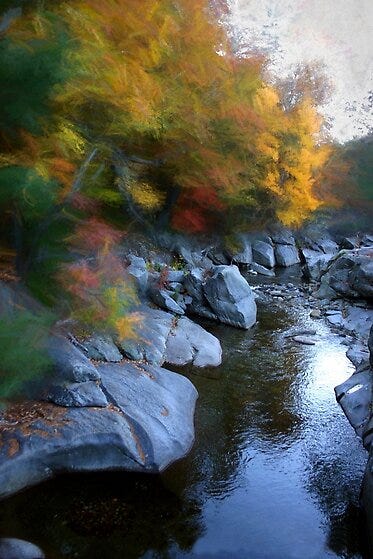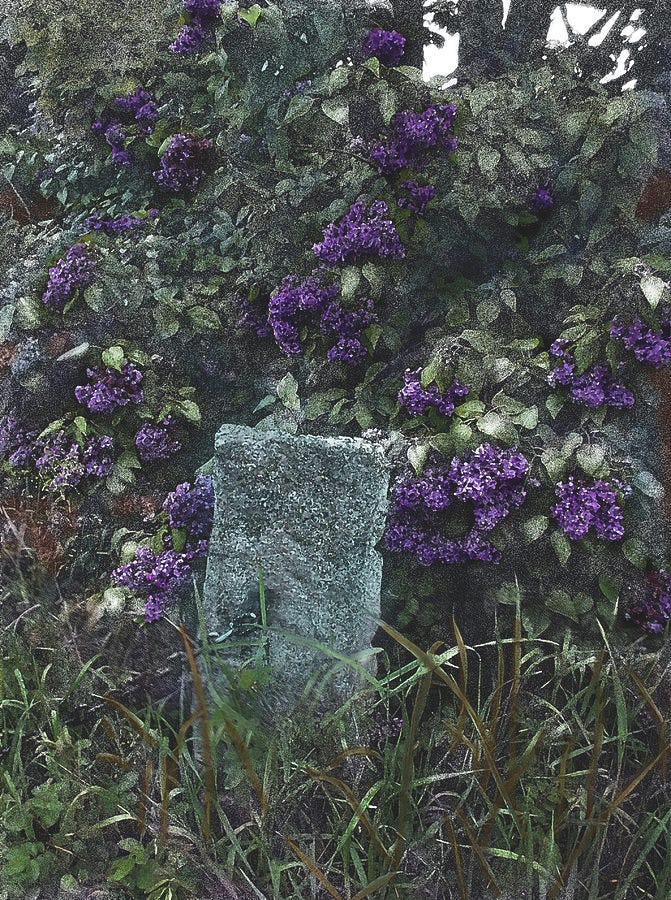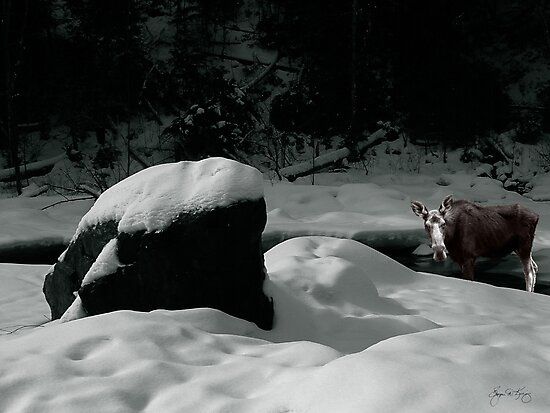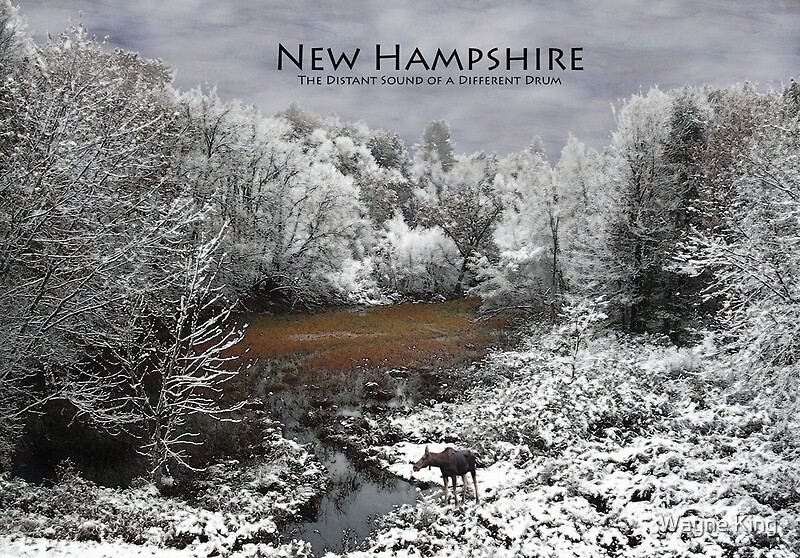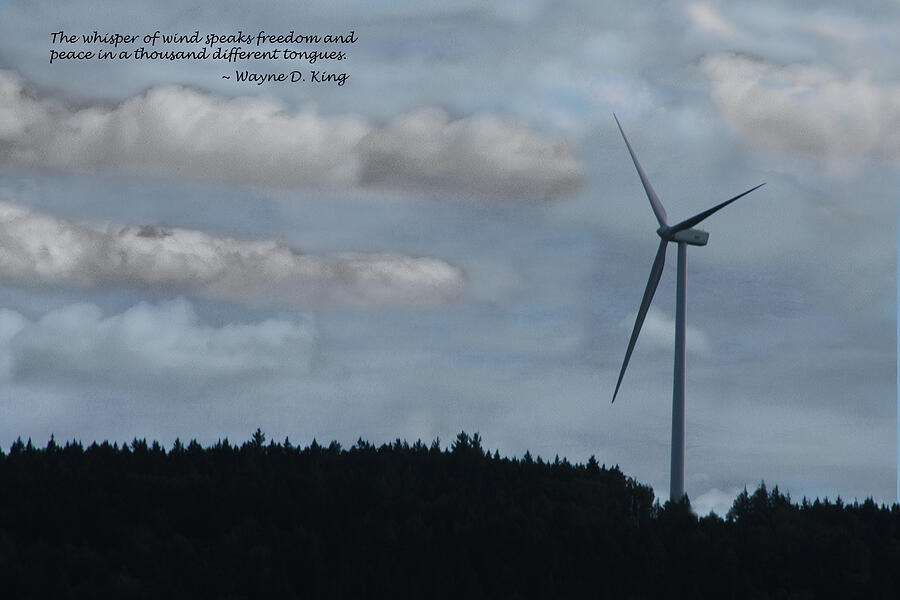A Former Mountain Guide and an Abenaki Descendant Makes the Case for a Split Decision
Painted Bend in the Asquamchumaukee
So much of my time during my daily walks now is consumed by thoughts of my Native American heritage and how and where I reside within the circle of life in which I find myself. Though I have always had an innate sense of my heritage it was not until I was well into my middle age that my father revealed to me that my Grandfather was half Abenaki and half Iroquois. My father only reluctantly shared this with me because he had made a promise to his own father to continue a cultural survival practice of the Abenaki known as “hiding in plain sight”, a practice of blending into the white culture as a means of avoiding the harsh realities of discrimination against native people. I never expected that I would find myself in the twilight of life trying to rebraid the sweetgrass of my heritage, my life, and my spiritual and artistic place in the cosmos, yet here I am.
Most recently I have come face to face with a challenge that presents cross-currents in that process. Like trying to run a rapid where two rivers flow together creating conflicting water hazards as well as exciting and interesting features that make the moment challenging and treacherous; disrupting my balance, throwing me into a miasma of standing waves, holes, eddys, rocks and drops.
It’s not an existential challenge, like those I have written about with respect to wealth disparity or Climate Change or AI. In fact, to most folks it is probably a blip on their radar, if that.
 |
| Autumn in a Blue Pool - Signed Original. Unsigned Open Edition Prints |
Recently, Kris Pastoriza of Easton, NH submitted a petition to restore the original names of Mount Washington and the Baker River to their Abenaki names.
The Baker River, as far back as anyone’s memories extend was known as the Asquamchumauke or Asquamchumaukee. I was raised with the word Asquamchumaukee ending in a double e. Perhaps because some folks pronounced the word with the last syllable “kee” and others pronounced the final syllable as “auke”. You will often find folks referring to the mountain, from which its waters flow, Moosilauke, the same way. Neither is wrong, neither is right. Like many of the names and words from native languages the reality is that no one can dictate with certainty the correct English spelling for them. Chances are that the first time they ever appeared in text it was committed to paper by the hand of an uneducated woodsman who was barely able to write himself, or - on rare occasions - herself.
Asquamchumaukee is an Abenaki word, variously translated as “Place of Mountain Water” and “Salmon Spawning Place” The river, of the same name, runs 36.4-mile-long (58.6 km) traversing the towns of Warren, Wentworth, and Rumney in Central, NH. It rises on the south side of Mount Moosilauke and runs south and east to its confluence with the Pemigewasset River in Plymouth.
The area has been home to the Abenaki people for more than 18,000 years and, except for occasional forays by the Haudinausanee, also known as the Iroquois, to hunt or pester the Abenaki, they were the inheritors of the region from the paleo-Indian group known as the Algonquin from whom their heritage and language is derived. Algonquin is the root language for many nations, ranging from the Abenaki in the east to the Sioux and Cheyenne of the plains. The villages and groupings of the Abenaki have, until recently, dominated the area.
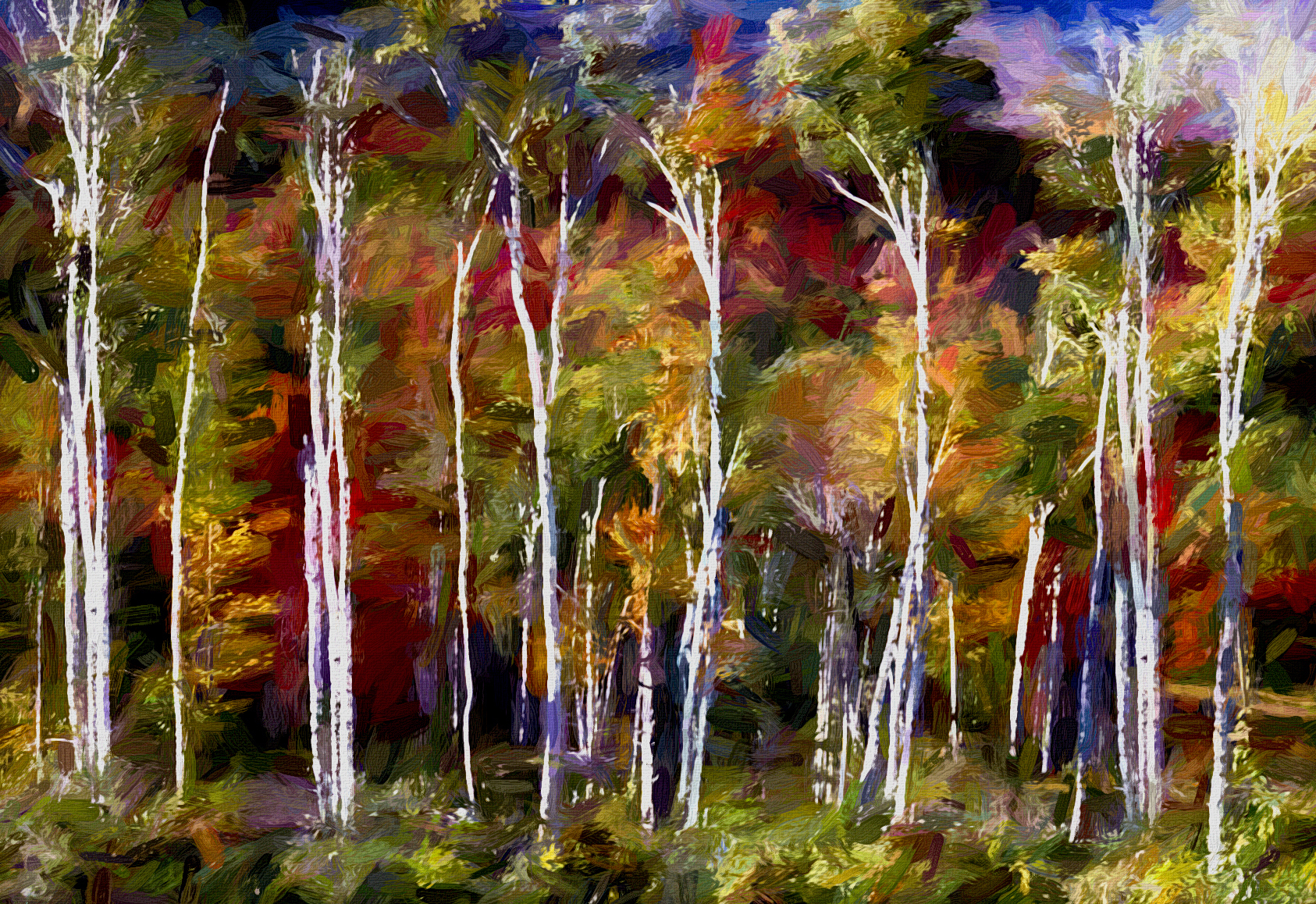 |
| Autumn in the Birches - Signed Originals |
Mount Washington, as most New Hampshire folks know, is the highest Mountain in the northeastern US at 6,288 feet above sea level. According to New Hampshire lore, the first man to ascend to the summit of Mount Washington was a fellow named Darby Field. Field's ascent, in 1642, was actually of Mt Agiochocook, an Abenaki name said to be derived from one of the Algonquin names for the Mountain; although it too bears several different spellings and even names. The mountain would not begin the journey to its new name for another 140 years when it would be named, informally, by a cartographer, Manasseh Cutler.
Field's 18-day hike to the summit took place when he was 32 years of age, and - because Field himself was illiterate - there is no first-hand account of the journey. What little we know about it comes from the journals of Governor John Winthrop of the Massachusetts Bay Colony. Early accounts of the journey suggest that Field made the trip simply for the love of adventure but a recently discovered letter suggests that he was in search of a route to Lake Champlain in what is now Vermont for a commercial enterprise looking to expand their fur trade.
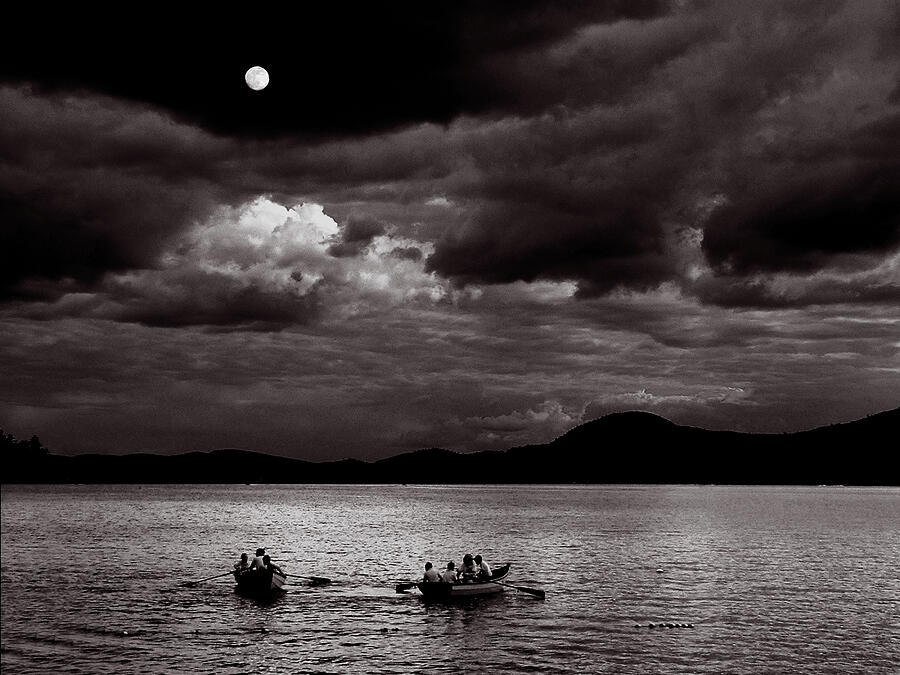 | ||
Rowing by Moonlight
|
Since Field was of European descent, he was credited as the first to climb, though he had an entire entourage of native guides, at least two of whom ascended the mountain with Field according to Winthrop. Unsurprisingly, their names have been lost to history.
History texts claim that the Abenaki did not climb the highest peak in the northeast because they believed it was the dwelling place of evil spirits, and death or bad luck would come to those who tried, though chances are that this was a convenient myth created by colonial minds since the Abenaki word translates roughly to “Place of the Great Spirit”.
The Abenaki, who called themselves Wabanaki are part of a broader confederacy that included 5 major sub-groups: Abenaki, Malecite, Micmac, Passamaquoddy, and Penobscot. with small sub-groups bearing more recognizable names: Pemigewasset, Winnipesaukee, Contoocook, Pigwacket, Sokoki, Cowasuck (aka Androscoggin) and Ossipee, among others.
So now we come to the crux of my own personal dilemma.
My first adult job was as a guide in the White Mountains. I have traipsed from Old Spec to Monadnock, from Mt Chocorua to Moosilauke. Much of that happened before the revelation of my Abenaki and Iroquois roots, yet even then I relished the chance to share the legends and stories of the Native American people for whom many of the Mountains of New Hampshire are named.
Yet, I must profess an ambivalence to renaming Mt. Washington. Not because there is any reason to shy away from Agiochocook, but because it sits at the pinnacle of a range named the Presidentials and these mountains represent the founders who laid down the guardrails that even allow us to have this conversation and “first in the hearts of his countrymen” was George Washington.
Like all of the founders of this nation, and all of us for that matter, Washington was a human being with feet of clay. Yet he was also a great American hero and the foibles of his humanity should be taught not erased. There are mountains enough here for us to celebrate all of the American family and that is what I want our children to learn.
Now the Asquamchumaukee is a different matter altogether.
In 1712 Thomas Baker set off from Northhampton Massachusetts with a troop of scalp hunters. These were not soldiers, they were not in the service of anything more than the bounty that had been established on Indian scalps. They were self-styled Indian killers.
At the confluence of the Asquamchumaukee and Pemigewasset rivers, they came upon a peaceful village of Pemigewasset Abenaki. The men, of the village are said to have been off hunting when Baker’s scalp hunters came upon the village of women, children and the elderly. They attacked the village and indiscriminately killed everyone, scalping them, stealing their furs and other provisions and then returned to Northhampton to collect the bounty on scalps.
Baker never returned to the area and never distinguished himself in any other capacity in his lifetime. This one bloodthirsty and barbaric act would be the pinnacle of his career and for that the river was named in his “honor”.
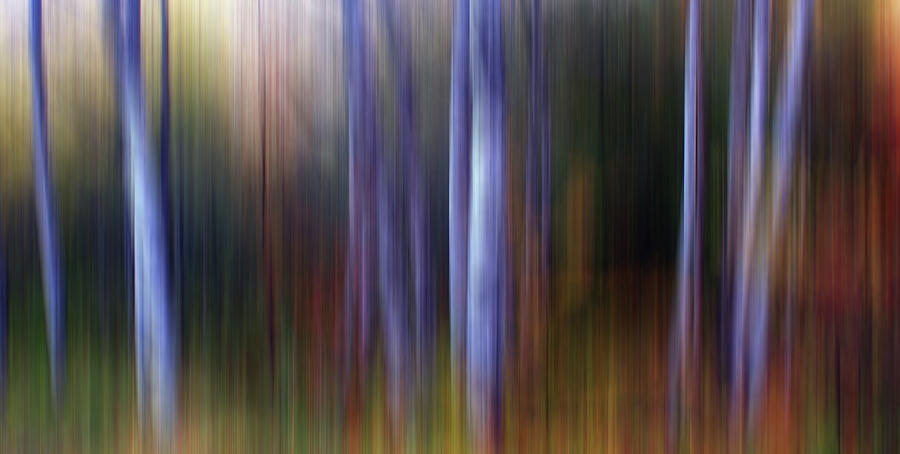 |
| Deep in a Dorchester Wood Signed Originals Unsigned Open Edition Prints |
But there was no honor involved, only shame.
Years later the Abenaki would capture John Stark a few miles northwest on the river. He would be led to their village in Saint Francis as a captive and over the course of a year living among them, adopted into the tribe before being released to return to New Hampshire where he would become General John Stark the Hero of Bennington, often said to be the turning point of the Revolutionary War. It was John Stark who yelled the famous phrase to his comrades: “Live Free or Die”.
For the rest of his days, John Stark would always remember the Abenaki people for the great kindness that they had shown to him.
Ms. Pastoriza was not incorrect in the factual case she made. She should be praised for seeding this discussion. If for no other reason than it allows us all to examine the nuances of the times and the ongoing struggle for the dignity of all people.
On the other hand, the members of the State Council on Resources and Development have not acquitted themselves likewise. They are the ultimate example of agency corporate capture.
Mark E. Doyle, director of the New Hampshire Department of Safety Division of Emergency Services and Communication, who wrote that the change “could prevent or significantly delay the provisioning of emergency services,” to both the river and mountain “because of potential confusion, lack of familiarity, or pronunciation during stressful, life-safety situations.”
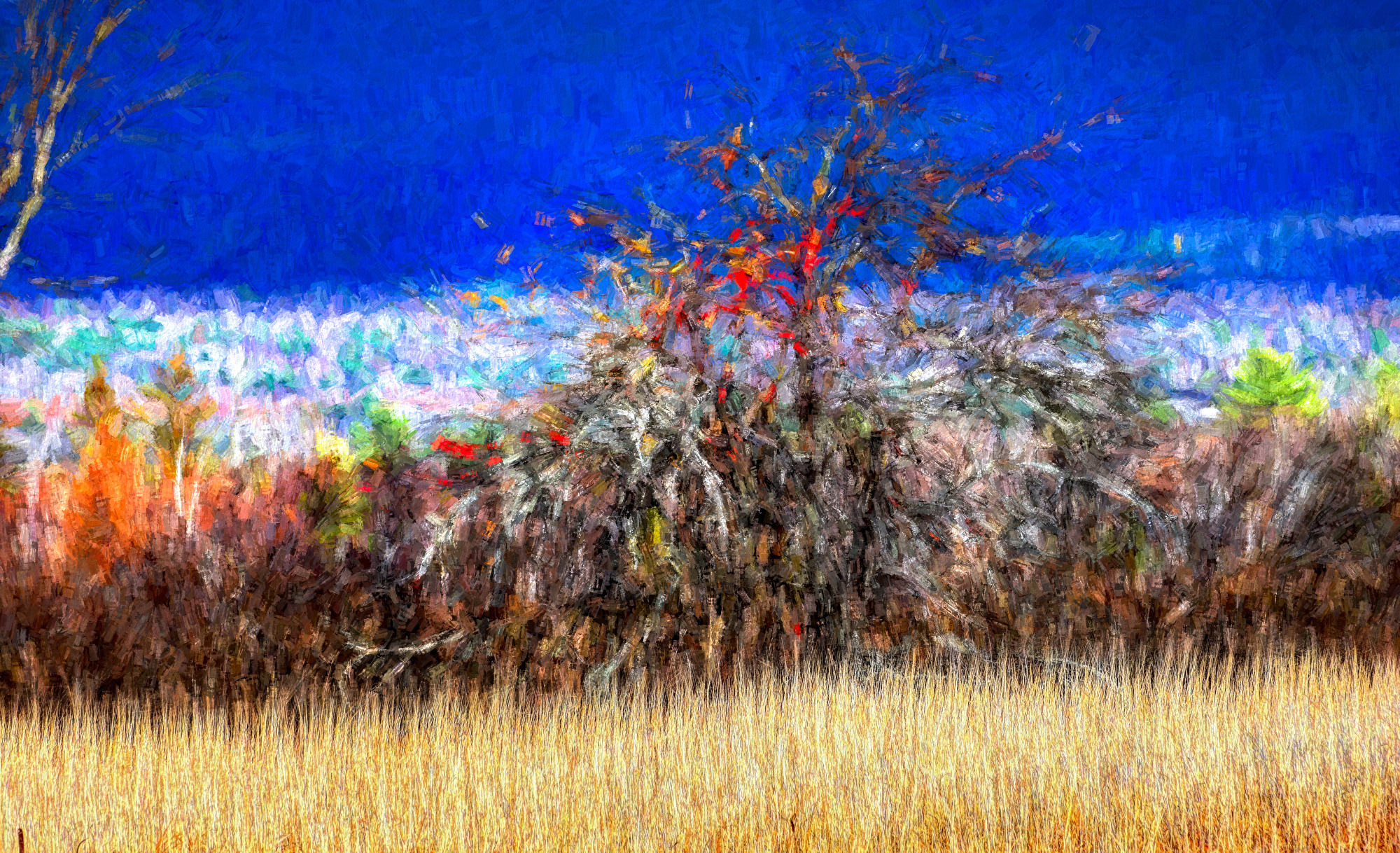 |
| Apples in a Hedgerow No 1 - Original |
What hogwash.
Doyle should be relieved of his position for either incompetence or lack of imagination. His remarks demonstrate that he is either woefully unqualified or he was cynically casting around for a reason to oppose the petition and could come up with no more creative approach than to suggest that the sophistication of his technology and the ignorance of his subordinates would pose some threat to their ability to respond to an emergency. He clearly believes that the rest of us are all far too stupid to see through his juvenile explanation. I can assure you that we are not. If they are going to keep him in a position for which he is clearly not qualified, at the very least, a fourth grader should be hired to teach him about the novel concepts of computers and GPS.
As for Scott Mason of Fish and Game, well most of us who witnessed his sycophantic behavior as handmaiden to Eversource during the Northern Pass fight knew he was unqualified for the position to begin with and his appointment was never a serious matter to begin with.
Links
https://indigenousnh.com/2018/12/06/the-wobanadenok/
About Wayne D. King: Author, podcaster, artist, activist, social entrepreneur and recovering politician. A three-term State Senator, 1994 Democratic nominee for Governor. His art (WayneDKing.com) is exhibited nationally in galleries and he has published five books of his images, most recently, "New Hampshire - a Love Story”. His novel "Sacred Trust" a vicarious, high-voltage adventure to stop a private powerline as well as the photographic books are available at most local bookstores or on Amazon. He lives on the “Narrows” in Bath, NH at the confluence of the Connecticut and Ammonoosuc Rivers and proudly flies the American, Iroquois and Abenaki Flags. His publishing website is: Anamaki.com.
Produced at Anamaki Studios in Bath, NH.
This land lies in N’dakinna, the traditional ancestral homeland of the Abenaki, Sokoki, Koasek, Pemigewasset, Pennacook and Wabanaki Peoples past and present. We acknowledge and honor with gratitude those who have stewarded N’dakinna throughout the generations.
Sumac Fall
Signed Originals. Unsigned Open Edition Prints
Spirit Pony in a Painted Dreamscape
Signed Originals. Open edition prints
Flames along the Asquamchumaukee
Signed Originals. Unsigned Open Edition Prints
The Hitching Post Lilac
Signed Originals Unsigned Open Edition Prints
